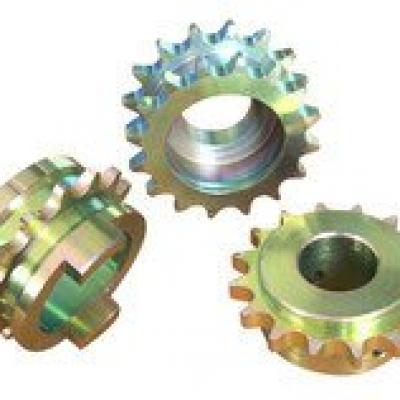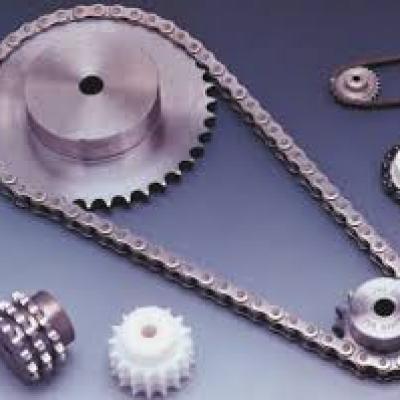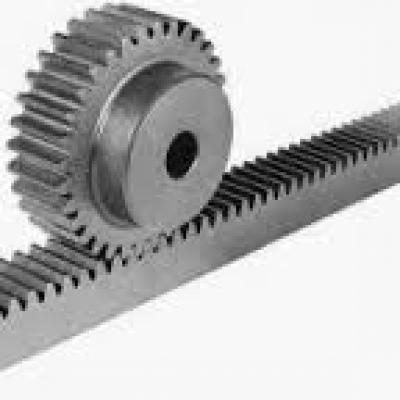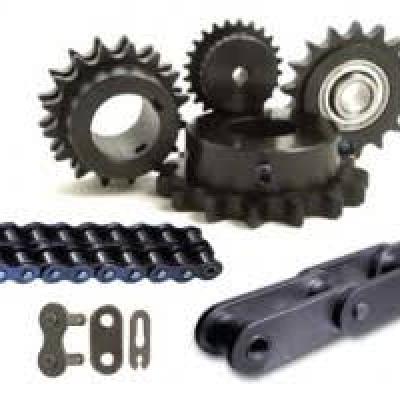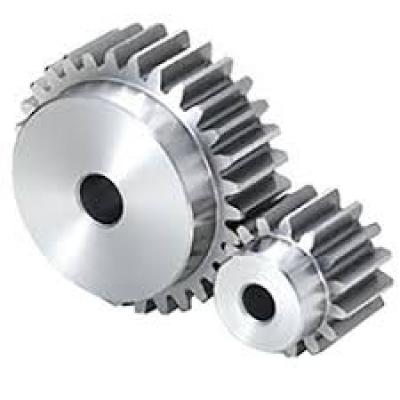How to fix the shaft and sprocket
The ways of fixing the shaft and sprocket include key connection, spline connection, interference fit and pin connection, etc. The following is their introduction:Keyed connection: Keyed connection is a widely used fixation method. The connection is made by machining keyways on the shaft and sprocket and then installing the key. The key can withstand large torques and is relatively easy to install and remove. Its advantages include simple structure, reliable operation and ability to transmit large torque. However, when rotating at high speed, the key connection may become loose, so attention needs to be paid in some high-speed transmission systems.
Spline connection: A spline connection consists of multiple key teeth that mate with spline grooves on the shaft and sprocket. Spline connections have high load-bearing capacity, good guidance and centering, so they are common in some transmission systems with high load and high precision requirements. However, the processing cost of splined connections is relatively high, which is also a disadvantage.
Interference fit: Interference fit relies on the amount of interference between the shaft and the sprocket hole to generate friction to achieve fixation. This method does not require other additional parts, but requires higher processing accuracy.
Pin connection: A pin connection uses a pin through a hole in the shaft and sprocket to hold the two together. Pin connections are suitable for transmitting smaller torques. This fixing method is simple to install, but it is not suitable when transmitting large torques.
In practical applications, choosing which fixing method requires comprehensive consideration of many factors, such as the transmitted torque, speed, installation space, processing cost, etc. At the same time, during installation and maintenance, operations must be carried out in strict accordance with relevant standards and specifications to ensure that the sprocket and shaft are firmly and reliably fixed.
